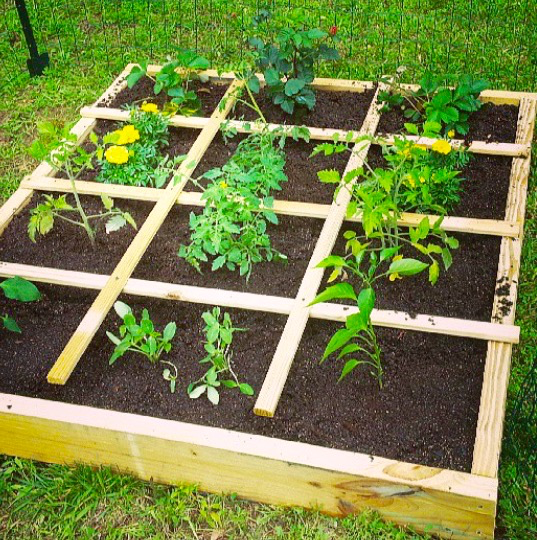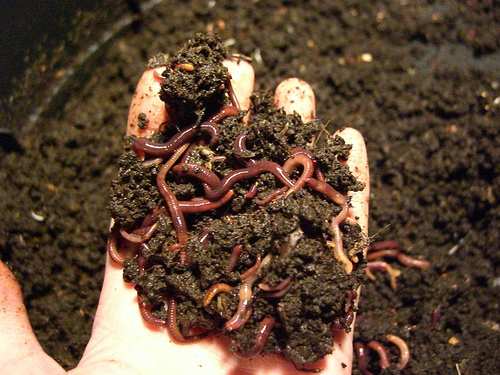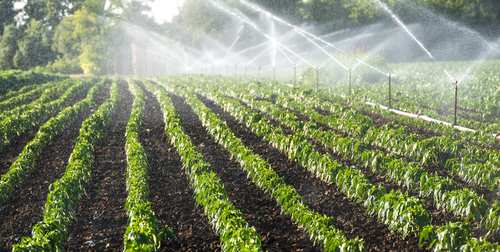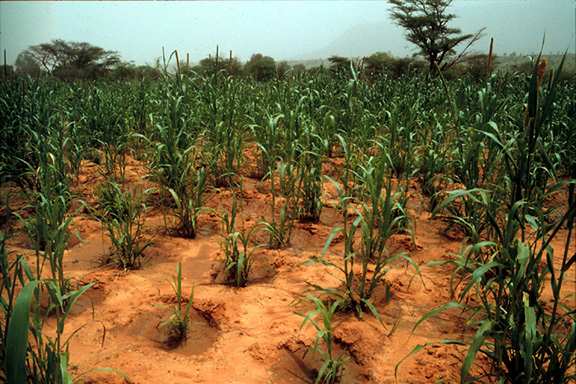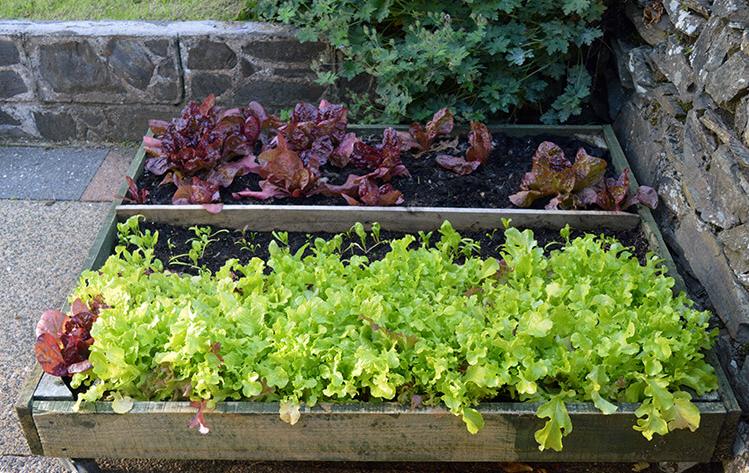Introduction
Square Foot Gardening is an innovative and advance technique of planning small but intensively planted gardens at home. Mel Bartholomew is considered as the pioneer to coin the term Square Foot Gardening. The beauty of this farming technique resides in its application of organic farming techniques combined with other innovative methods to get more and better production from a small piece of land especially in vegetable gardens.
Square Foot Gardening includes the application of organic gardening techniques along with strong emphasis on composting methods, planting the plants closely and intensively, making raised beds and also bio intensive attention to a small yet clearly defined area of garden.
Square Foot Gardening
Importance of Square Foot Gardening
The success of this technique lies in the fact that this method is quite beneficial in those areas where the gardener is facing the problem of poor quality of soil. By selecting a confined area for gardening, that plot can be modifies according to the desire and best quality of output as well as production can be obtained. This technique is equally beneficial for those who are new to vegetable gardening or backyard gardening. It is also proved to be a recreational activity for the people with disabilities those allowing them to enjoy the leisure time efficiently.
Method of Square Foot Gardening
The basic idea behind this technique is using an open bottomed box that is placed on the soil that contain finite amount of soil. This soil is then divided into various sections according to the desire using grids. To get good quality and quantity of production from vegetable gardening crops each square would be planted with different kind of crop plants. In case of ornamental gardening, the Square Foot gardening is equally beneficial in a sense that spate type of flowers can be grown in each square to increase the aesthetic sense of the garden.

Vegetable Gardening Recommendation for Square Foot Gardening
The Square Foot gardening can be used differently for different types of crops. For instance, a single Tomato plant might consume a full square. Similarly, herbs like Oregano, Mint or Basil also consume a full square. On the other hand, Strawberry plants can be planted four per square. In case of vegetables, sixteen radishes can also be planted and grown per square.
The smaller beds used in square foot gardening are helpful in easy adaptation of the farmer with his/her garden. He can have reach to every single inch of the entire area for gardening practices by avoiding direct stepping on the soil ad making it compact.
Square Foot Gardening is Effective for Weed Control
Square Foot Gardening is effective for weed control in a sense that a weed barrier can be made beneath the square foot box. At the bottom of the box, it can be filled with a combination of one third of decayed Sphagnum (peat moss), one third of compost and one third of vermiculture.
Cite this Article in APA Style as:
[box type=”note” align=”aligncenter” ]Rahman, M. A. (2018, March 20). Square Foot Gardening [Blog Post]. Retrieved from http://aridagriculture.com/2018/03/20/square-foot-gardening/ [/box]
